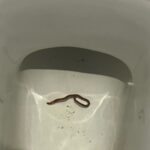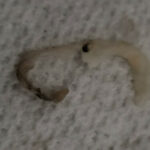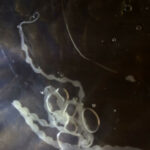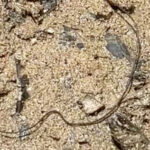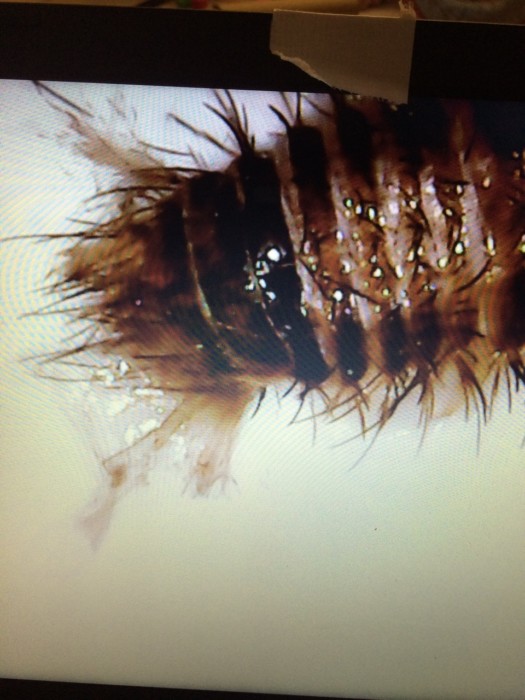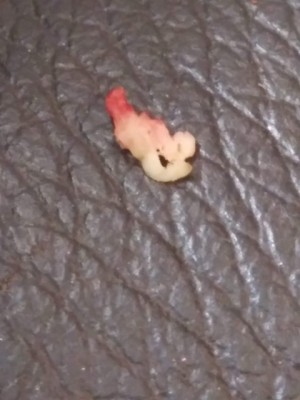
“What do fluke eggs look like?” is all this reader asks in his submission. No photos are attached, but that would make sense, given that the answer to our reader’s question is that fluke eggs are microscopic. So, to the naked eye, they don’t look like anything. Of course, once viewed under a microscope, they look like ovate, semi-transparent blobs. That said, even if our reader had a microscope, looking into one and seeing such blobs does not necessarily mean those are fluke eggs: lots of matter will look similar under a microscope. Hence, there is not much one can do if one is looking for fluke eggs, unless one has the training and equipment to identify them.
For context, flukes refer to a wide variety of parasitic flatworms. Most species live inside their hosts (endoparasites), while a select few live on the outside (ectoparasites). The most talked-about flukes are blood flukes and liver flukes, both of which are incredibly dangerous. They can infect humans, and the sooner they are treated, the better. For example, liver flukes can cause symptoms such as abdominal pain, fever, weight loss and vomiting, and other types of flukes can even cause death.
If our reader asks this question because he has concerns about his health, then we urge him to contact a medical professional. Since we are not medical professionals ourselves, this is unfortunately not something we are qualified or legally able to help him with. We specifically recommend that he consult a medical parasitologist. Unlike most primary care doctors and ER doctors, medical parasitologists specialize in the field of parasitic infections, and are equipped to diagnose and treat them.
To find a medical parasitologist, what we can recommend is that our reader do one or more of the following:
1) Search for a medical parasitologist in their area using this directory of medical parasitology consultants: https://www.astmh.org/for-astmh-members/clinical-consultants-directory.
2) Search for a local parasitologist by doing a Google search for “medical parasitologist (name of the closest big city)” or “tropical medicine specialist (name of the closest big city)”.
3) Get in touch with Dr. Omar Amin at the Parasitology Center at https://www.parasitetesting.com.
To conclude, fluke eggs are microscopic and thus not visible to the naked eye. That said, under a microscope they will look like nondescript, transparent blobs of matter. If our reader is concerned that he may be suffering from a fluke infection, or any other parasite-related problem, then we urge him to consult a medical parasitologist so that he can get help as soon as possible. We hope this article helps and we wish him the very best!
All About Worms is always free, always reader-supported. Your tips via CashApp, Venmo, or Paypal are appreciated! Receipts will come from ISIPP Publishing.



